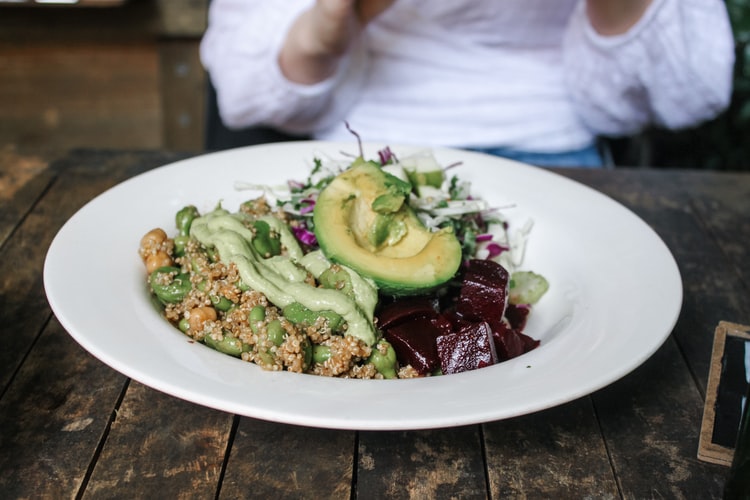
Quinoa, pronounced KEEN-wah, is one of the best “superfoods” you can consume because it is full of vitamins, minerals, antioxidants, and all nine essential amino acids. It helps lower LDL cholesterol (the bad cholesterol), reduces inflammation, is gluten-free, reduces heart disease, and high in fiber. Now, what does all this mean? Well, let’s break it down and explain a little about it.
Quinoa has all nine essential amino acids.
What is an essential amino acid? It’s an amino acid that the body can’t produce on its own. A complete protein is a protein that is complete in all amino acids including the nine essential amino acids. It is particularly high in lysine (one of the nine essentials) which helps the body retain calcium in the blood, the formation of collagen, and prevents cold sores.
It is also high in antioxidants called flavonoids. These flavonoids are quercetin and kaempferol which have anti-inflammatory, anti-viral, and anti-cancer effects. These anti-inflammatories help fight off free radicals roaming around within the body causing damage to other cells within the body. They also help the good bacteria within your gut to reduce inflammation which helps prevent obesity.
People are very concerned about having high cholesterol within their bodies. Well, the cholesterol to worry about is the LDL (the bad cholesterol) and quinoa is high in fiber which is essential in aiding digestion. Digestion requires bile acid to break down the food. Since fiber is essential in digestion it causes the liver to pull the cholesterol from the blood to produce more bile acid to break the foods down, thus causing lower levels of LDL.
Most foods when you cook them will oxidize and cause the foods to lose some of their nutritional value.
Quinoa can tolerate boiling, simmering, and steaming thus causing them to retain their nutrient values.
This being said quinoa also has omega-3 fatty acids, alpha-linolenic acids, and oleic acids which allow lower triglyceride concentrations which lead to a healthy heart.
Quinoa is naturally gluten-free, which is perfect for people who have celiac disease in which case the digestion of gluten causes inflammation within their small intestine damaging the villi which are needed for nutrient absorption. People who are gluten-free need to avoid barley, wheat, and rye. Quinoa can be used in making bread, pasta, and is used as a rice supplement.
Quinoa is considered a complex carbohydrate and with the high amount of fiber, it will slow the digestion down which assists with the blood-sugar control. With a glycemic index rating of 53, it is considered to be low on the GI chart which makes it great for diabetics to consume.
You can use quinoa for salads, a replacement for rice, make breakfast porridge, make burger patties and taco meat, add to stews and soups, add it to stuffed veggies, and can be used to make quinoa flour to bake desserts. So you see there are many different ways to add quinoa to your diet. Truly one of the cleanest and healthiest foods you can have. Within the USA we have the white, red, and black quinoa available. The white is probably the more flavorful one but the red one has more nutrients.
Here is the nutritional info regarding quinoa based on one cup (185g) serving size:
Calories = 222
Protein = 8 grams
Fiber = 5 grams
Fat = 4 grams
Carbohydrates = 39 grams
Sugars = 2 grams
Sodium = 13 milligrams
Iron = 2.8 milligrams
It is also a good source for magnesium, vitamin E, potassium, copper, thiamin, vitamin B6, calcium, phosphorus, manganese, folate, and zinc.



